John Thompson’s Modern Course Piano 1
NZD $27.99
John Thompson’s Modern Course Piano 1
132 in stock
Description
Sometimes things are best left unchanged. This classic pianocourse by John
Thompson fits into that category.
John Thompson was famous for his sincere efforts to interestyoung pupils in
pianism. This series is a clear, correct and complete foundation in the study
of the piano to enable the student to think and feel musically. All of his
books teach, in the simplest language possible, interpretation and expression.
One ideal is “to use in miniature the same attacks as thoseused by the
concert artist.”.
See sample page in the Product Gallery to the right.
This first grade book assumes some months of beginner study has already been
completed.
As a guide to the level, the very first song uses two hands and has a mix of
crotchets and minims.
Contents:
Foreword
1. Hand Position (C Major) – The Phrase “Music Land”
2. Musical Form – “Patterns”
3. Rhythm and Accents – “Runaway River”
4. Tonal Shading – “Swans on the Lake”
Half Steps – Sharps, Flats and Natural
Whole Steps – Writing Lesson
6. Accidentals – “The Scissors Grinder”
7. New “Hand Position” (G Major) – “A Sng of Penny Candy”
8. Two Melody Patterns – The Man in the Moon”
9. Folk-tunes – “The Party”
Phrasing Attack – Right Hand and Left Hand
10. Combing Hand Position – “The Robin”
11. Finger and Harmony Patterns – “The Merry Clown”
12. Harmony Patterns (Left Hand) – “The Cuckoo”
Examination No. 1
Scales – Ways and Means
Building the C Major and G Major Scales
13. Ascending Scale in C Major – “Scaling the Wall”
14. Descending Scale in C Major – “The Chimes”
15. New “Hand Position” for Left hand – “Stepping Stones”
16. Broken Chord as a Melody – “Mountain Climbing”
17. New “Hand Position” (F Major) – “A Chord Frolic”
18. A First Recital Piece – “The Fairies Harp”
19. First Introduction to Eight Notes – “The Wishing Star”
20. New “Hand Position” – (D Major) – “Lightly Row”
21. New “Hand Position” – (A Major) – “Little Spring Song”
22. Staccato and Legato Groups – “Falling Leaves”
23. Dance Forms – “Dutch Dance”
24. A Descriptive Recitl Piece – “The Fairy Court”
Examination No. 2
25. Example in Staccato – “The Tiresome Woodpecker”
26. Extended “Hand Position” (A Major) – “The Knight andthe Lady”
27. Dotted Quarter Notes – “Air from Mozart”
28. Rhythmical Pattern used by Brahms – “A Little Waltz”
29. New “Hand Position” (Bb Major) – “The Owl’s Question”
30. Six-Eight Time – “Cheer for the Blue”
31. Two-Note Phraases in 6/8 Time – “The Owl’s Question”
32. Six-Eight Time (G Major) – “The Singing Mouse”
33. Hand Position Extended in Left Hand (F Major) – “The Birthday Cake”
34. Playing in Two “Hand Positions” – The Popcorn Man
35. Two “Hand Positions” (6/8 Time) – “The Merry-Go-Round
36. Syncopation – “A Spanish Fiesta”
37. A Hunting Song – “The Fox hunt”
38. Two “Hand Positions” – “To Celia”
Examination No. 3
39. Cross-Hand Postion – “The Frog Chorus”
40. Wrist Staccato – “The Sleigh”
41. New “Hand Position” (Eb Major) – “Little Bo-Peep”
42. Forearm Attack
43. New “Hand Position” (E Major) – “Peasant Dance”
44. Broken Chord Accompaniment – “Long, Long Ago”
45. Three “Hand Positions” – “Silent Night”
46. Scale Patterns and Chords – “A Keyboard Recreation”
47. Interpreting Characteristic Music – “The Streamliner”
48. New “Hand Position” (Ab Major) – “To a Skyscraper
49. Two “Hand Positions” (Both Hands) – “Dublin Town”
50. Sixteenth Notes
Examination No. 4
Technical Drills


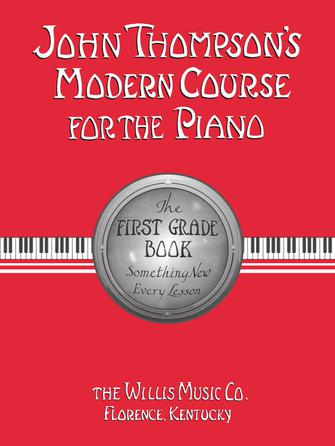
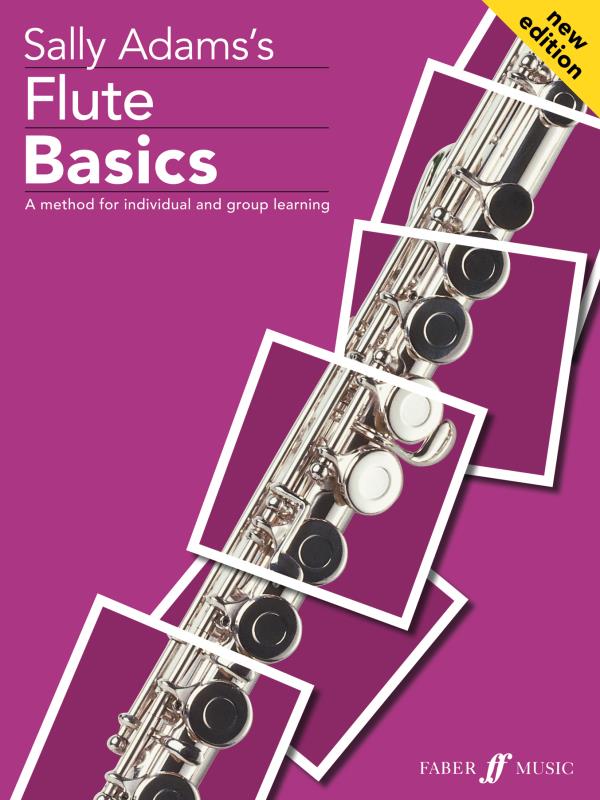
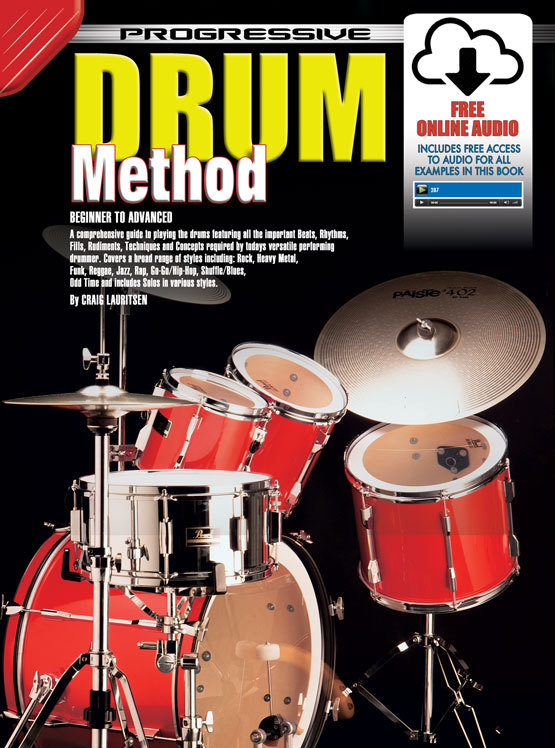
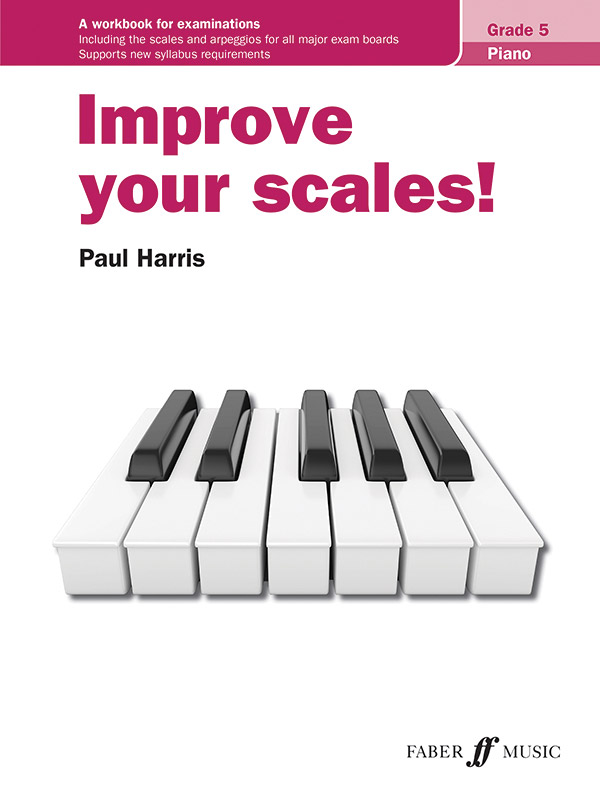
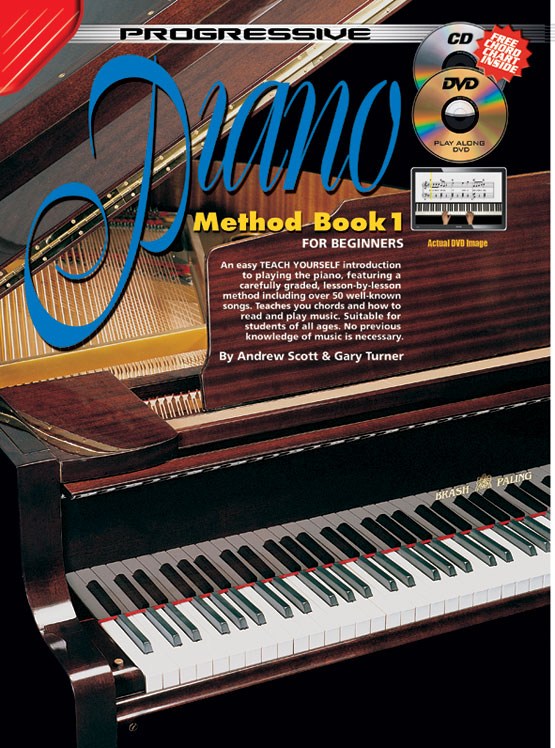
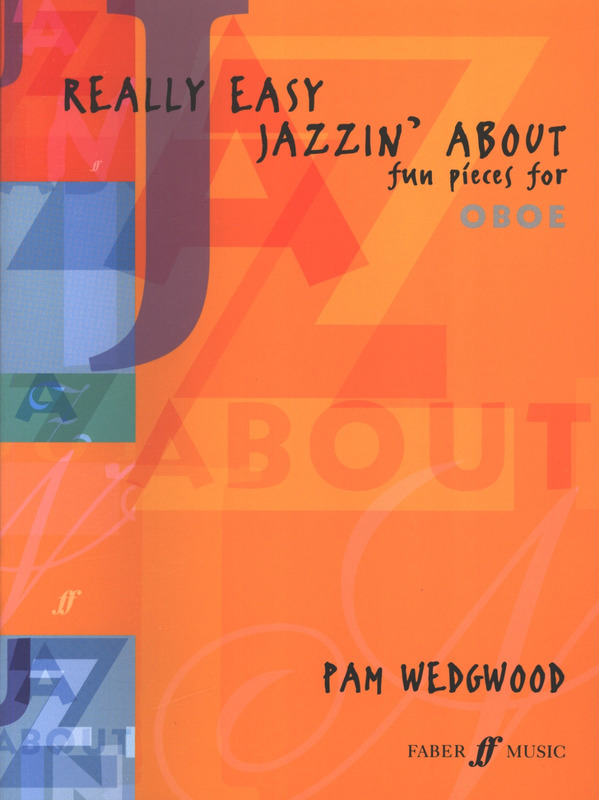
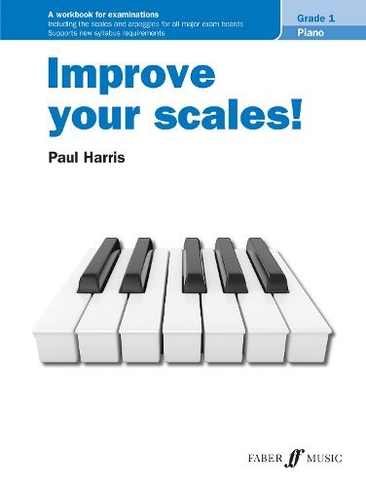
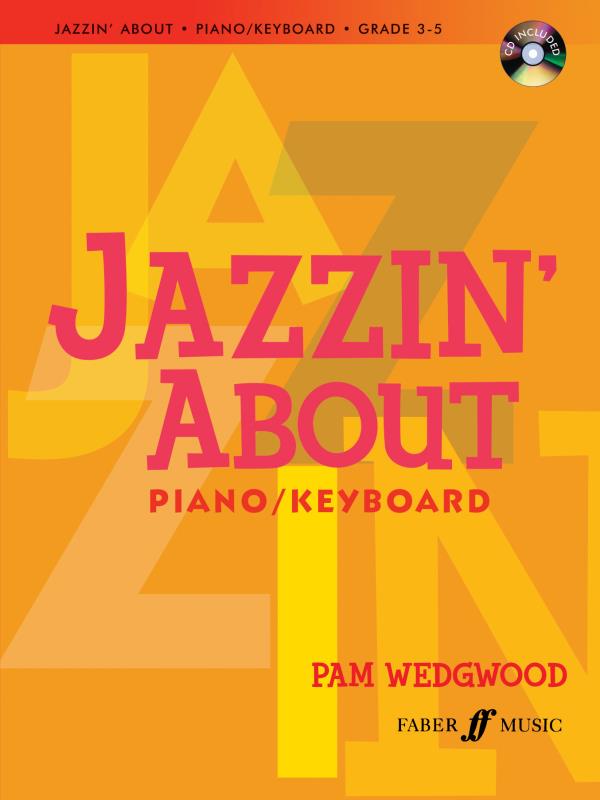
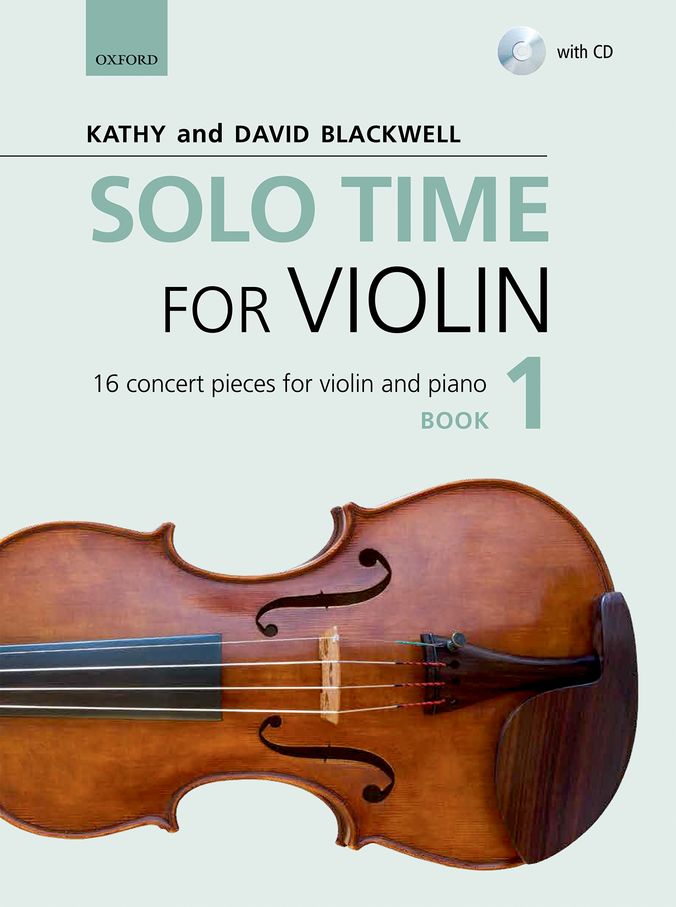
Reviews
There are no reviews yet.